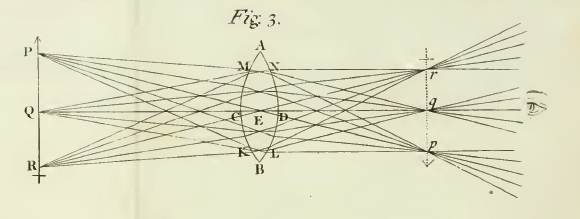
Short-term solutions to a permanent problem
Temporary art enables artists to realise their dreams while activating public spaces
By Anne Pasternak | From issue 217, October 2010
Published online 20 Oct 10 (opinion)
What do people think of when they think of public art? I don’t know—and that’s probably a good thing. The mention of public art was often met with grimaces when I joined the New York-based commissioning agency Creative Time more than 12 years ago. It conjured images of heroes on horseback, decorative sculptures plopped into public plazas, propaganda in support of past nationalistic agendas and garish community murals. At its best, public art seemed irrelevant.
More recently, the perception of it has changed for the better. Why this shift? There are numerous factors—from the increase in the number of artists working in the public realm to huge acclaim for big projects like Christo and Jeanne-Claude’s The Gates, 2005, or Olafur Eliasson’s Waterfalls, 2008. People are excited for public spaces to be used for engaging creative enterprises—after all, it gives them something to wonder about, talk about, and delight in. Museums such as New York’s Museum of Modern Art have commissioned temporary, public projects and city governments all over the world are inviting artists to make works in the hope they will help revitalise downtown neighbourhoods.
Despite the enthusiasm for a few acknowledged masterpieces, much public art is pretty terrible, however. One reason for this is that it is often meant to be permanent. This means artists are limited in their choice of materials and scale, which can stifle their ambition. Public art works have to comply with standards imposed by engineers and safety inspectors, and must not offend public decency. Then there’s often a lack of oversight and maintenance that can leave outdoor sculptures looking tragically neglected.
The process of commissioning a public work of art can add further barriers to creativity. All too often members of the judging panel lack expertise and vision, and when a selection is made and presented to the local community, it is most often brutally dissected. While I respect that in theory public forums could bring out interesting and even exciting results, the truth is that more often than not they are not a place where democracy performs at its best.
Electoral politics further get in the way of successful public art commissioning. There are countless examples of political cronyism resulting in the selection of ill-qualified artists. Many communities have witnessed a moment when public dissent over a work of art has resulted in their political leaders throwing the project under the proverbial bus rather than leading an engaged discussion about the offending work, let alone a defence of an artist’s First Amendment right to free expression. Richard Serra’s Tilted Arc, 1981, which graced New York’s Federal Plaza until it was taken down eight years later, is perhaps the most notorious example. Making matters worse, most public art commissioners are not allowed to respond to dissenting voices, limiting commissioners’ ability to engage and shape the public conversation.
My point is not that it is impossible to realise great permanent public works; rather, it is miraculous when they do materialise. There are a few public-arts organisations committed to commissioning temporary public art, however. Why do agencies such as Creative Time, the Public Art Fund and Artangel focus on the temporary? Because it removes barriers to creativity and enables artists to realise their dreams while activating public spaces as places for engagement, dialogue, delight and even indignation.
Artists aren’t the only ones liberated in the process; so too are government officials. If a work is intended to be permanent, people believe it has to please everyone—or at least not offend anyone. With temporary works, elected officials can simply wait for it to go away. Artists are freer to prod, provoke and stir up trouble in an effort to inspire individual and collective thought.
This is a great moment to honestly assess the strengths and weaknesses of the commissioning methods popularly employed around the world. We should learn from best practice and stop repeating the methods that don’t produce great art.
It’s time to take into account current artistic realities and for government bodies to stop behaving fearfully. It’s time to stop disrespecting artists and arts professionals. Instead, let’s support the creation of important works of art, take new steps, push beyond our comfort levels, and create new models for public art commissioning that will leave behind a rich legacy.
The writer is president and artistic director, Creative Time, New York

No hay comentarios:
Publicar un comentario